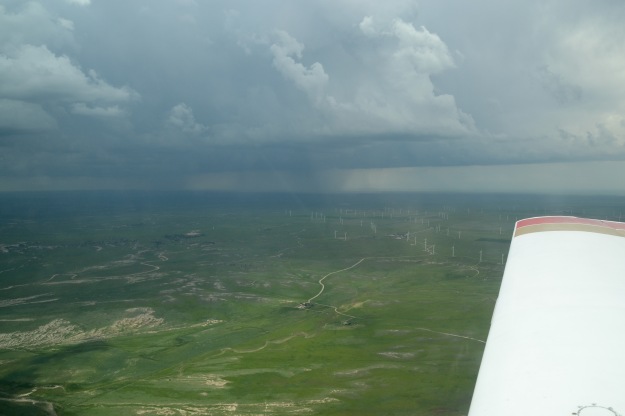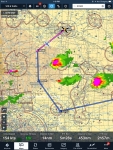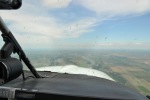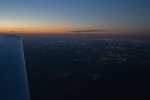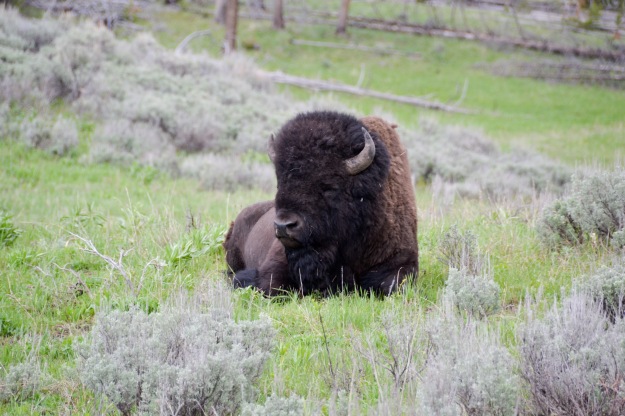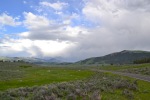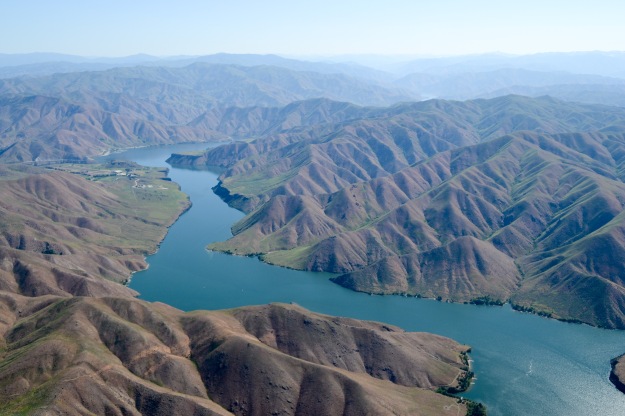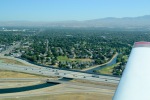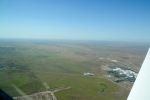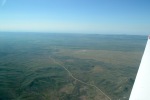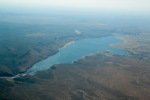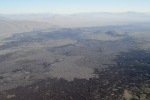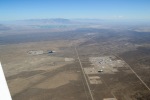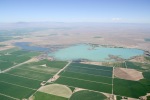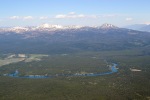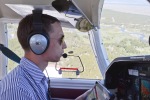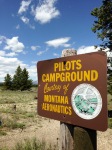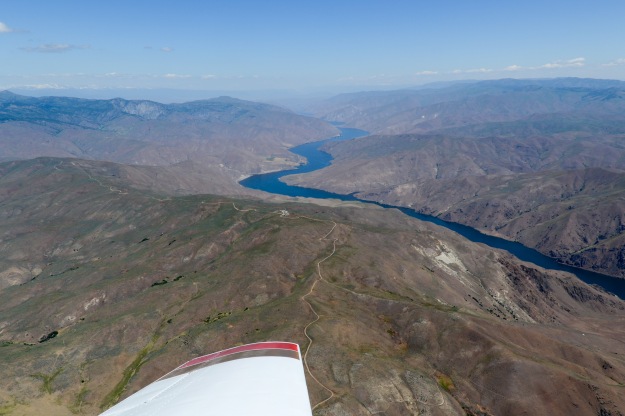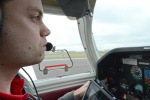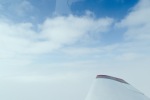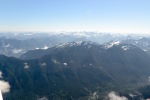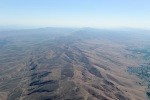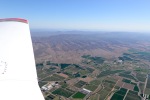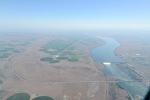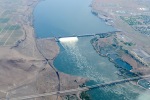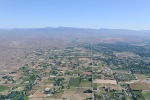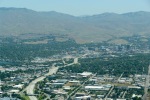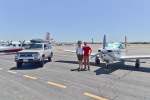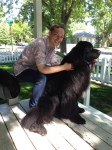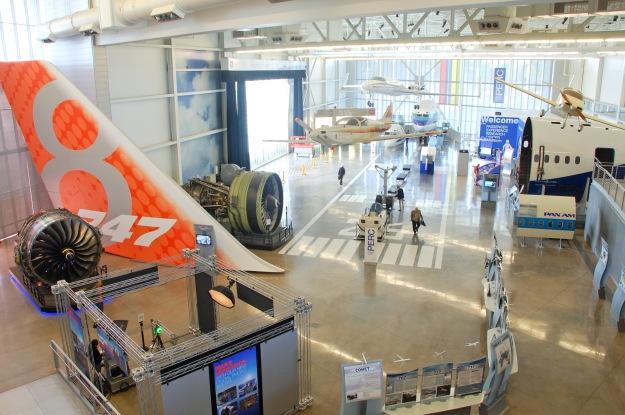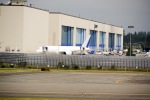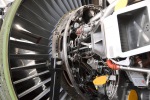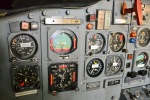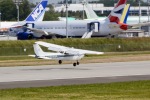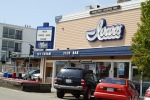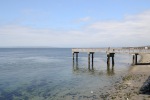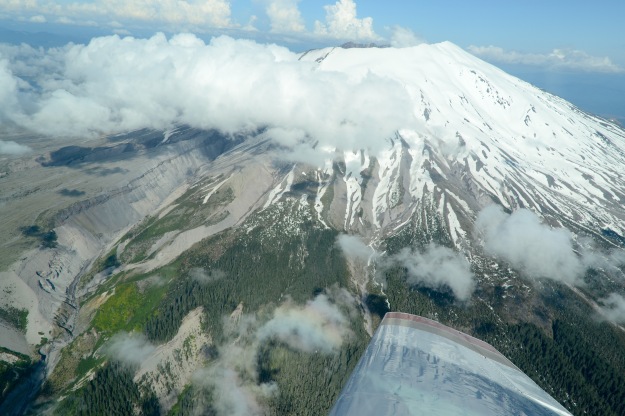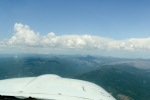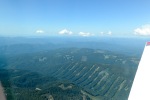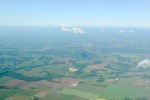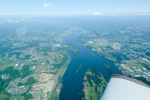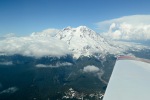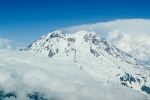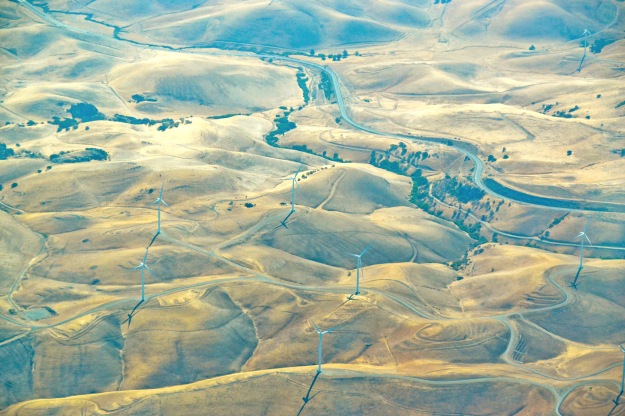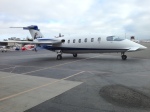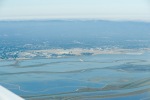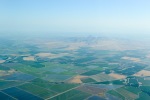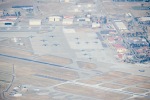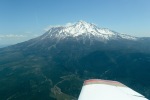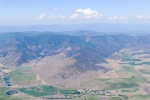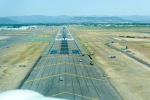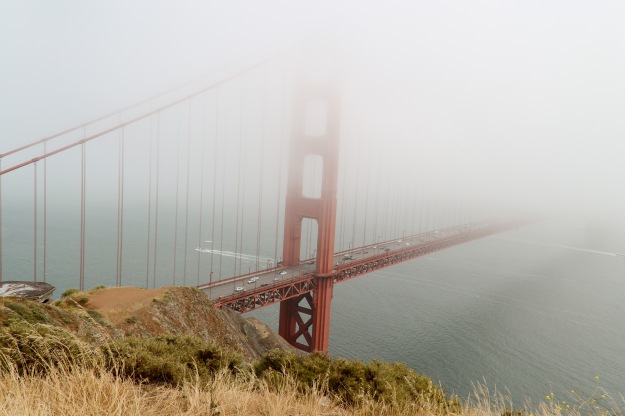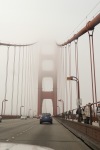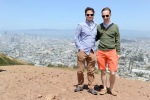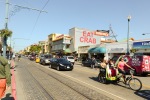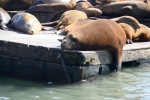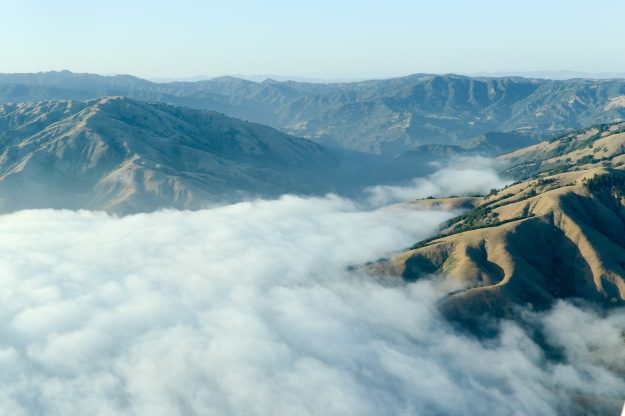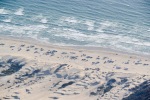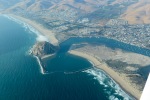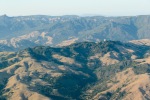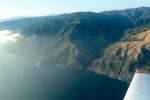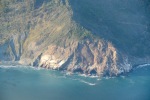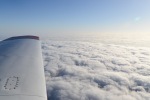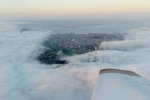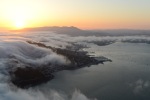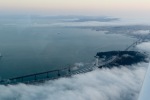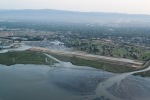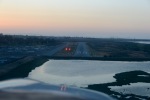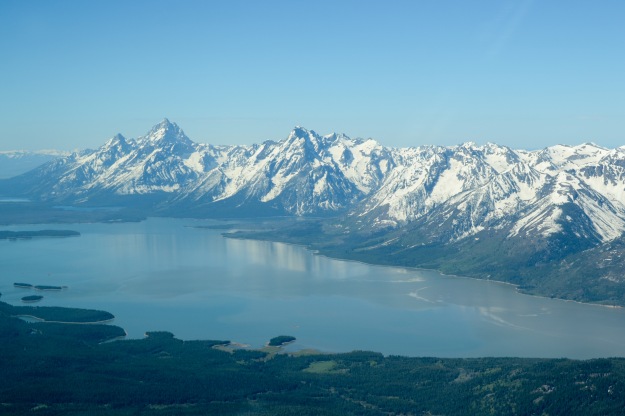
Jackson Lake and the Grand Tetons
We woke up early today, excited for a big day of flying, but also a little disappointed that the trip is coming to a close — we’ll cross the Continental Divide a final time, trading the mountains of the Northwest for the plains as we head east. Our stop for tonight is Kalamazoo, Michigan (KAZO), where Jean-Baptiste’s girlfriend Bri is interning at Zoetis for the summer, and is just under 1,200 nm as the crow flies. Although we originally planned a northerly route, overflying Mount Rushmore and Badlands National Park, a cold front is running east-west through South Dakota, and the entire area is IFR with embedded thunderstorms. We decide to detour to the south a bit, and plan a route to the Western Nebraska Regional Airport (KBFF) in Scottsbluff for a quick-turn fuel stop.
With the plane packed, we run into West Yellowstone for breakfast at the Woodside Bakery, and grab lunch to go — we didn’t always think to do this, but it saves a lot of time on the ground, and means we won’t need to worry about finding food near an airport or borrowing a car to get into a small town. Jim will fly our first leg today, which seems fitting as he’s done all the high-altitude takeoffs and Jean-Baptiste has done all the high-altitude landings! 7CF slowly climbs away from the runway (at an elevation of 6,649 feet), and we do a few climbing 360º degree turns before heading east to Yellowstone itself. The perspective from the air gives a great sense of scale for the park, and we get to take in a lot of the famous sights — geysers and hot springs, river plains and lakes, and the Grand Tetons in the distance — all at once.
-
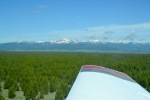
-
Just airborne off of West Yellowstone, Montana (KWYS), looking west
-

-
Yellowstone National Park
-
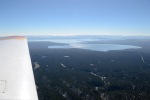
-
Yellowstone Lake
Following the park’s loop road, we head south to Yellowstone Lake, and then aim for Jackson Lake next. The Grand Tetons are absolutely gorgeous, but the wind is blowing from the west, so we’re expecting lots of turbulence on the leeward side of the mountains. We decide it’s easier to just keep on climbing, so we turn on the oxygen and head up to 13,500 feet. It’s much cooler than when we crossed the Rockies going westbound, and 7CF happily climbs into the teens. We get a distracted with the fantastic view of the Tetons, and overshoot our turning point by a few miles! Finally turning east, we follow US Route 26/287 through the Togwotee Pass (9,758 feet) toward Dubois, Wyoming.
-
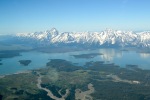
-
Jackson Lake and the Grand Tetons
-

-
US Route 26/287 and the Bridger-Teton National Forest
-
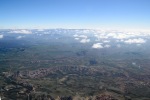
-
East of the Togwotee Pass
Further east, the few clouds below us close into a broken layer, probably part of the storm system to the north of our route. We haven’t been in contact with ATC since we left West Yellowstone — even at 13,500 feet, we can’t reach Salt Lake Center, so filing and activating that VFR search-and-rescue flight plan was a good idea! We’re almost to Casper by the time we can raise Salt Lake Center on the radio, and we’re happy to have someone to talk to, and to see the “reply” light on the transponder flashing away as the 7CF gets hit with radar signals. By the time the clouds thin out, the mountains below us are gone, and it’s nothing but grassland — the rest of the trip will be very flat!
-
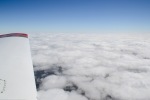
-
VFR-on-top east of Dubois, Wyoming
-
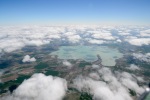
-
Ocean Lake, near Riverton, Wyoming
-
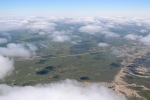
-
Eastern Wyoming
-
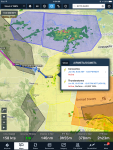
-
Thunderstorms building past our fuel stop
The Stratus ADS-B receiver has been great to have on the trip, and we’ve been keeping an eye on the datalink weather reports and radar as we’ve moved east. The airports north of our route are all IFR, so our decision to detour to the south was a good call. But there’s a widespread SIGMET warning for convective activity over Nebraska, and there’s a line of thunderstorms right east of our fuel stop — and Scottsbluff, Nebraska isn’t our idea of a great place to get stranded! We’re close enough that we decide it’s best to keep going and re-assess the situation when we’re on the ground.
The clouds thin out as we pass the small town of Converse, and we descend below the cloud bases and cross into western Nebraska. We pass over a few isolated ranches and the occasional eastbound coal train, but not many other signs of life until we’re in the traffic pattern at the Western Nebraska Regional Airport. It’s an uncontrolled field, but there’s a good amount of chatter on the radio as a crop duster comes and goes and a Cessna practices landings. We squeeze ourselves into the traffic pattern and touch down on runway 30. The local FBO, Valley Airways, must get a lot of visitors in a rush to keep going on their journeys, and greet us as we taxi in and start fueling before we get out of the plane. We head into the terminal to check the weather — we need to decide if and where we’re going next today!
-
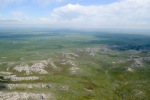
-
Eastern Wyoming, north of Torrington
-
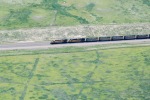
-
Heading east with miles of coal cars
-
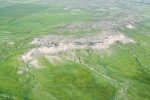
-
Northwest of Scottsbluff, Nebraska
-

-
Outside Valley Airways at KBFF

